 Shutterstock
Shutterstock
Throughout history, the world’s most influential rulers have had more than just gold, armies, and oversized thrones at their disposal—they also had dogs. And not just any dogs. We’re talking about breeds that shared palaces, war rooms, and royal secrets with kings, queens, emperors, and even pharaohs. These canine companions weren’t just pets—they were confidants, protectors, status symbols, and in some cases, political pawns. Whether perched on the lap of an empress or charging into battle beside a general, these dogs had front-row seats to history.
Greyhound
 Shutterstock
Shutterstock
Greyhounds were the ultimate aristocratic flex in ancient Egypt, Greece, and Rome. Owned by pharaohs and noble families, their sleek build and graceful demeanor made them living artwork. Egyptian rulers even included depictions of Greyhounds in tomb paintings, treating them as divine animals worthy of the afterlife. Alexander the Great was also believed to own a Greyhound named Peritas, who reportedly fought alongside him in battle. These dogs weren’t just fast—they had the speed, poise, and political connections of a royal diplomat.
Pekingese
 Shutterstock
Shutterstock
The Pekingese was the sacred companion of Chinese emperors, bred to resemble lions, which held deep cultural significance. These dogs were palace-born and forbidden to leave the royal court unless gifted by the emperor himself. Legend has it that when the Forbidden City was invaded, royal guards preferred to hide the Pekingese rather than the crown jewels. With their flowing manes and confident waddle, they were treated less like pets and more like royalty in fur coats. If you think your dog is spoiled, imagine one that has its servants.
Saluki
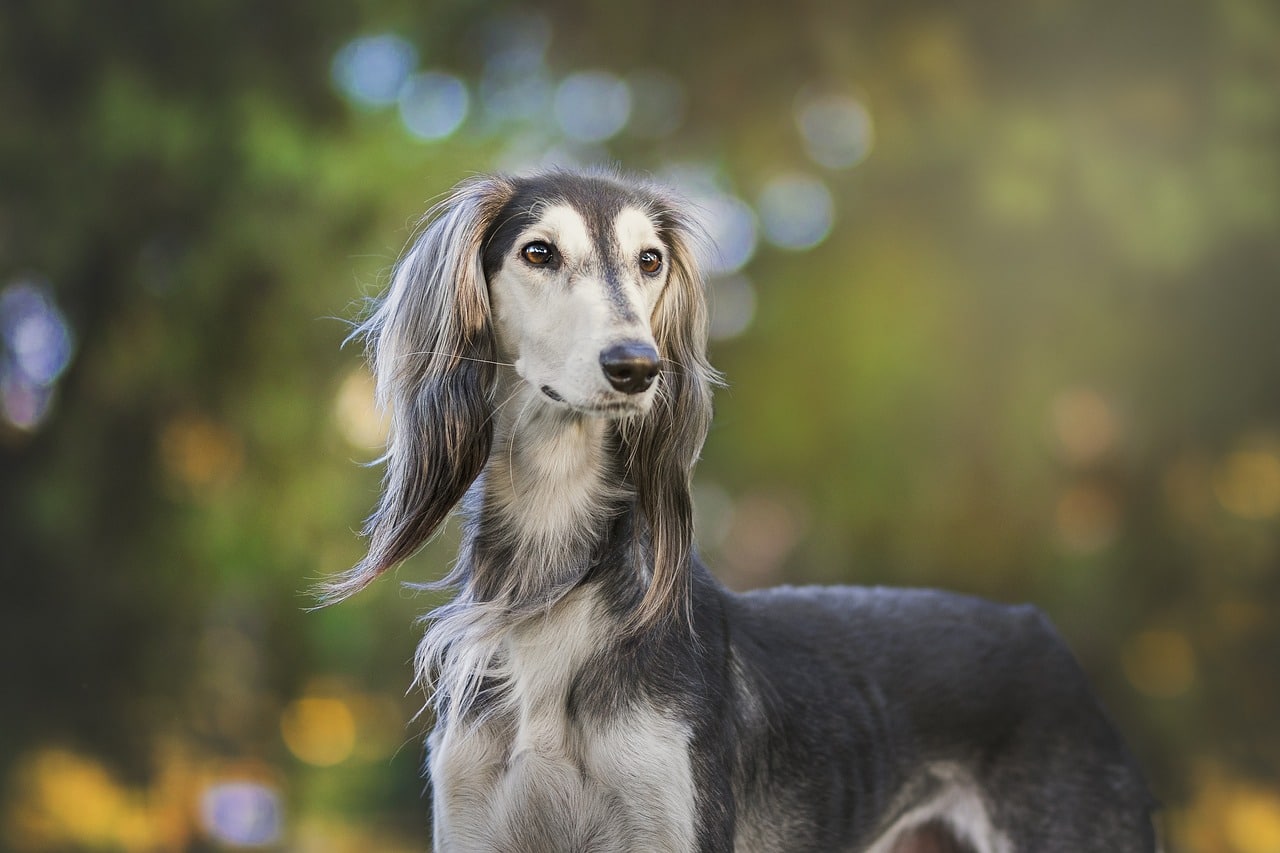 Shutterstock
Shutterstock
Known as the “Royal Dog of Egypt,” Salukis were held in such high esteem that they were often mummified alongside pharaohs. Their history with powerful rulers spans from ancient Egypt to the royal courts of Persia and the Arabian Peninsula. Sleek, fast, and elegant, they were prized by royalty for their hunting skills and noble looks. They weren’t just accessories—they were companions on royal hunts and sacred symbols of status.
Bichon Frise
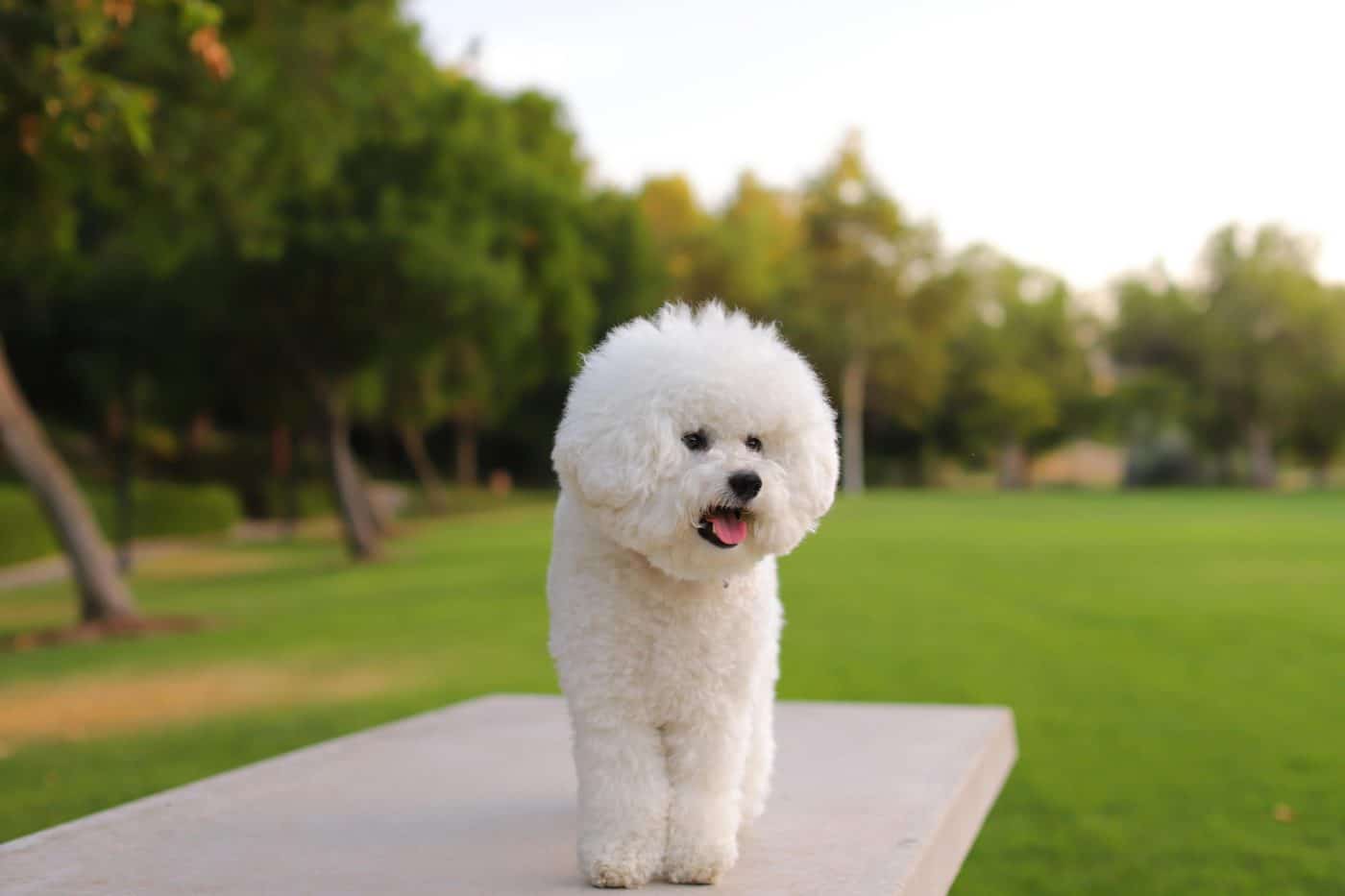 Shutterstock
Shutterstock
Don’t let the cloud-like coat fool you—the Bichon Frise has a long resume of rubbing shoulders with European royalty. French monarchs, particularly King Henry III, adored these cheerful pups. King Henry was so obsessed with his Bichons, that he carried them in a basket hung around his neck like a living, barking necklace. These dogs were pampered at court, perfumed, and had their miniature furniture. With their happy disposition and chic appearance, it’s no surprise they became a favorite among the powdered wigs and palace gossip.
Akita
 Shutterstock
Shutterstock
The Akita’s connection to royalty dates back to feudal Japan, where they were considered symbols of health, protection, and strength. Nobles and even emperors were gifted Akitas as a sign of respect and honor. These powerful dogs were used for guarding, hunting, and even bear combat—talk about job versatility. Akitas also became associated with the imperial family and were even immortalized in statues, like the famous one of Hachikō. While they looked dignified, they were also fierce protectors—basically bodyguards in fluffy armor.
Corgi
 Shutterstock
Shutterstock
Queen Elizabeth II made the Pembroke Welsh Corgi an international icon. She received her first Corgi, named Susan, as a child, and from then on, she kept a royal fleet of them at Buckingham Palace. These dogs were treated like four-legged royalty, complete with their room, menu, and staff. Known for their loyalty and big personalities in small bodies, they were often seen strutting alongside the Queen on palace grounds. If ever a dog could claim a title, these Corgis would be Lord Wigglebottoms of Fluffshire.
Great Dane
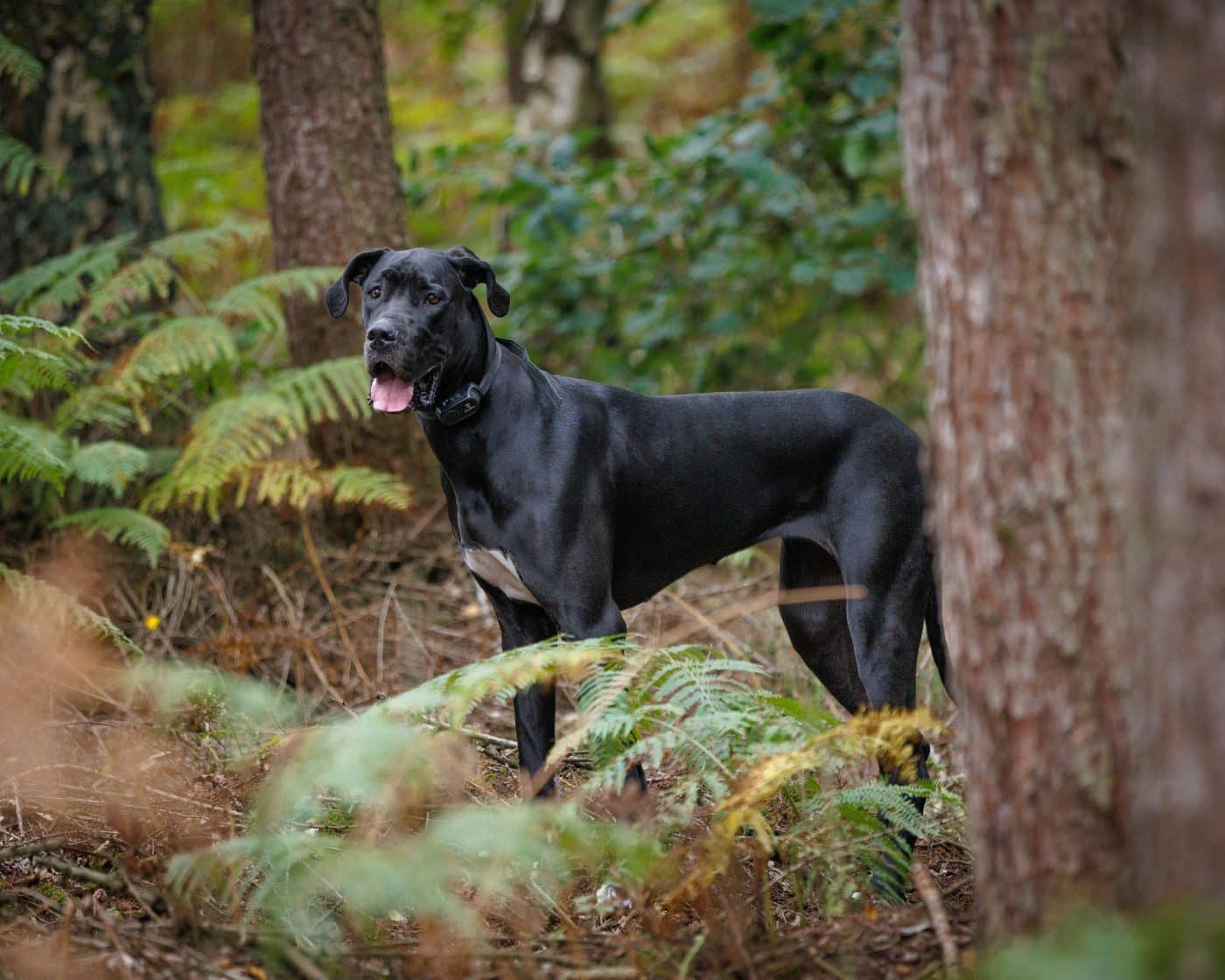 Shutterstock
Shutterstock
Big dogs for big empires—Great Danes were once favored by European royalty, including the German and French nobility. Known for their imposing size and regal stature, they were used as guard dogs and symbols of power. The German Kaiser Wilhelm II famously had a Great Dane named Caesar, who accompanied him regularly. These dogs were often kept close by rulers as intimidating companions, blending elegance with muscle. A Great Dane lounging next to a throne just screams, “Don’t mess with my kingdom—or my dog.”
Papillon
 Shutterstock
Shutterstock
With ears shaped like butterfly wings and the confidence of a royal advisor, the Papillon was a favorite at European courts, especially among French royalty. Queen Marie Antoinette owned a Papillon named Coco, who allegedly stayed with her until her tragic end. These small dogs were popular in 17th- and 18th-century royal portraits, often perched in the arms of queens and duchesses. Despite their size, they were known to be alert and clever, often acting like they were the smartest beings in the room. They were tiny monarchs in designer fur coats.
Russian Borzoi
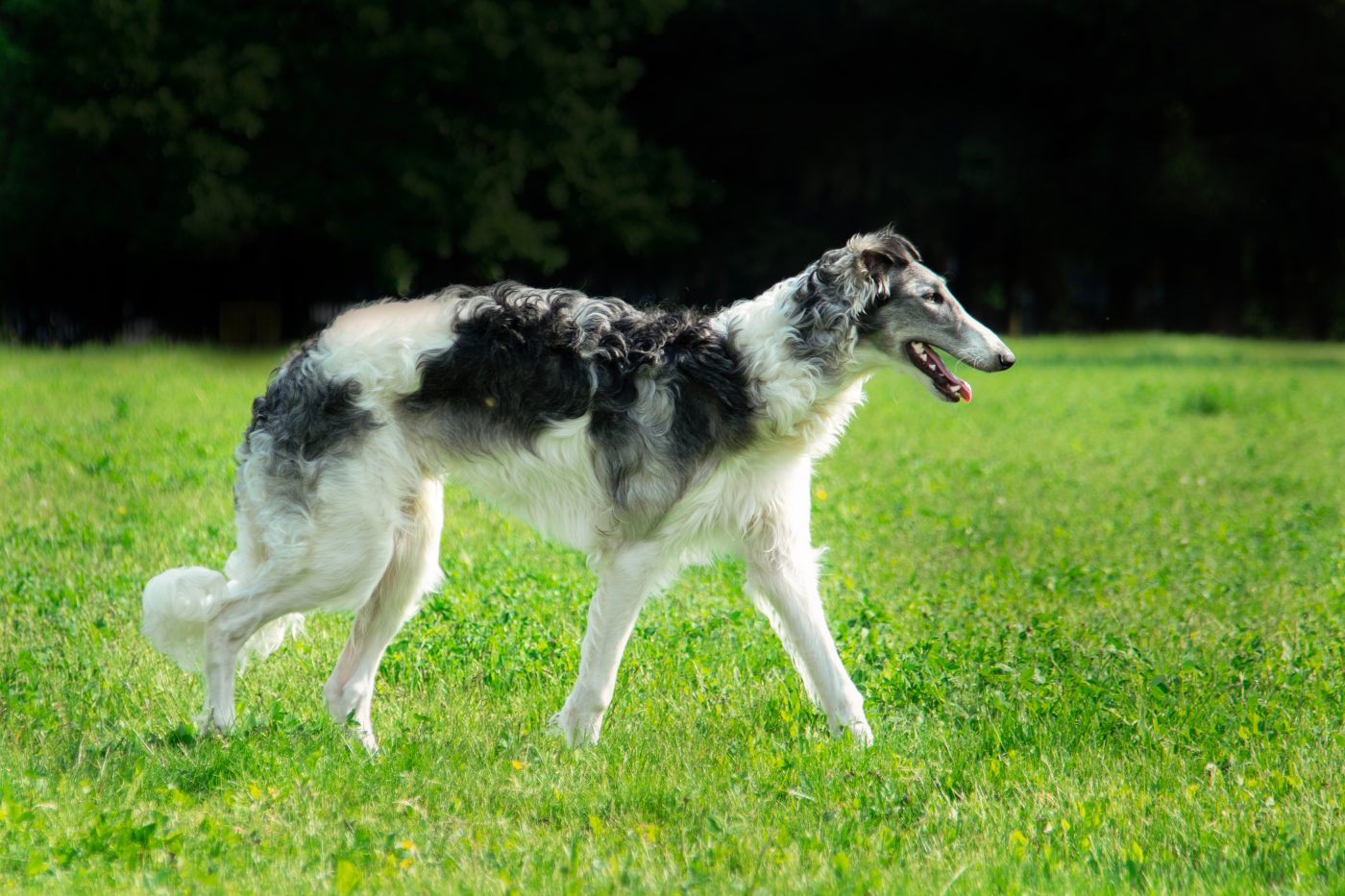 Shutterstock
Shutterstock
Once called the Russian Wolfhound, the Borzoi was bred for the Russian aristocracy, including the Romanovs. These elegant, long-legged dogs were a staple at lavish hunting parties thrown by czars. With their aristocratic snout and silky coat, they were bred purely for nobility and symbolized grace, luxury, and elite status. The Romanovs adored them so much that they often appeared in royal family portraits. If dogs could drink champagne, the Borzoi would sip it slowly from a crystal bowl.
Chinese Shar Pei
 Shutterstock
Shutterstock
The Shar Pei’s deep wrinkles and noble demeanor weren’t just adorable—they were once signs of prestige in ancient China. Bred by emperors and aristocrats, these dogs were highly valued for their intelligence, loyalty, and distinctive appearance. Their rarity made them a symbol of wealth and status, and their protective instincts made them ideal palace guards. Though they were later nearly wiped out, their noble past still lingers in every serious, squishy-faced stare. These pups were wrinkle-covered security with imperial swagger.
Pharaoh Hound
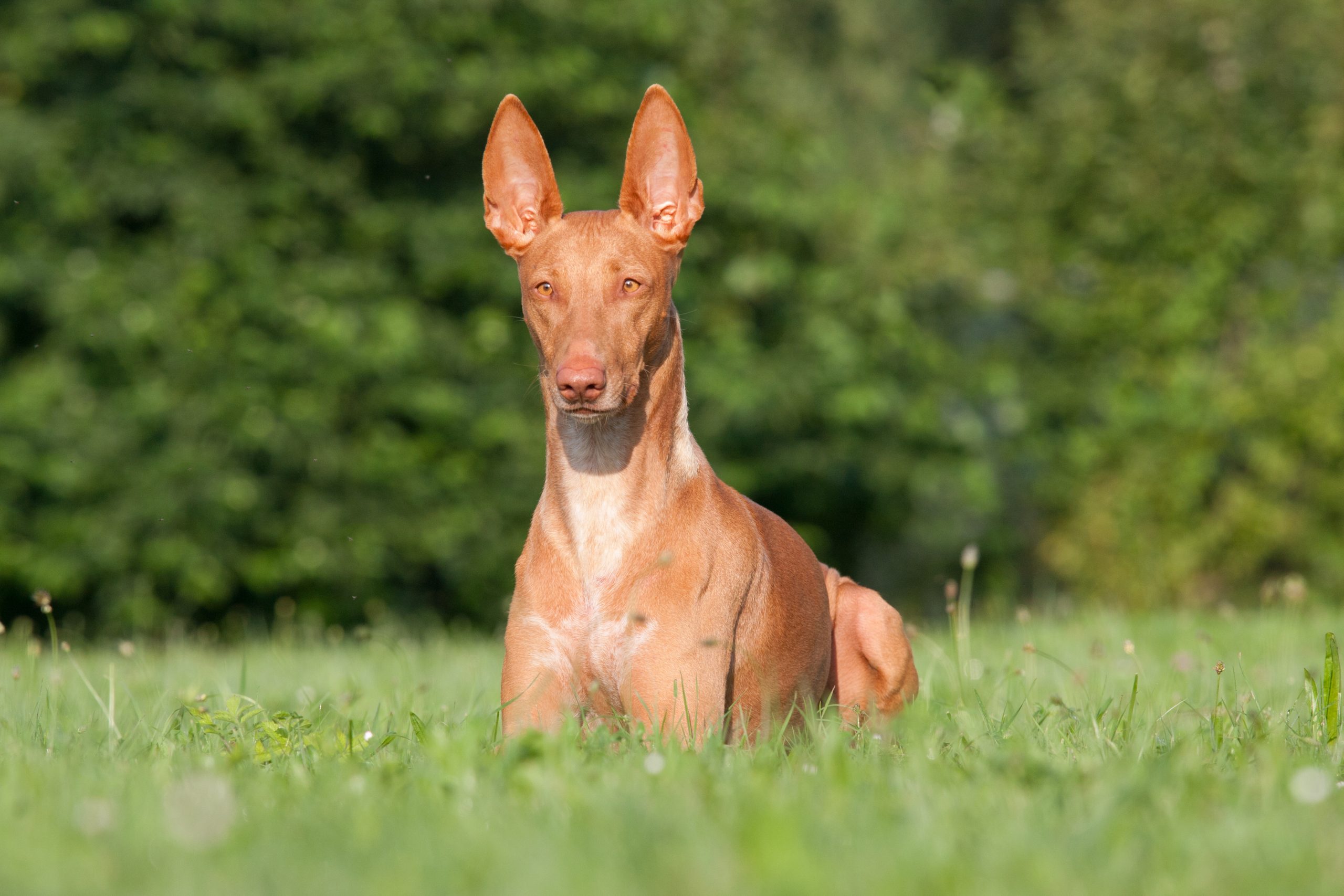 Shutterstock
Shutterstock
Despite the name, the Pharaoh Hound isn’t Egyptian—but try telling that to a dog who walks like it owns the Sphinx. This ancient-looking breed was associated with royalty in Malta, where it became the national dog and was treated like a sacred hunting companion. Their sleek, athletic bodies and striking amber eyes made them favorites among elite rulers. They’re known for a rare trait—blushing—where their ears and nose turn pink when they’re excited. Talk about a dog who’s both noble and emotionally expressive.
Maltese
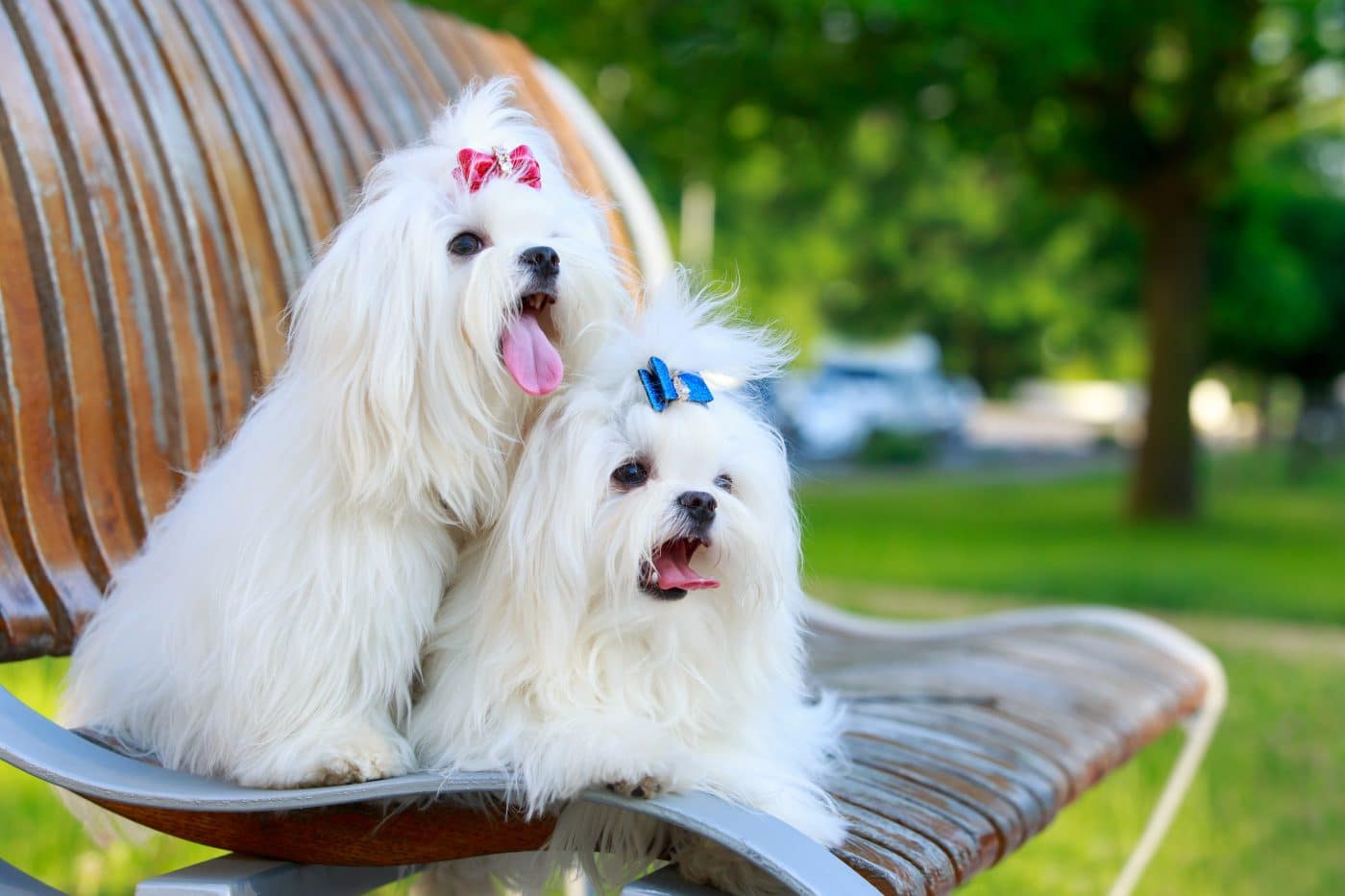 Shutterstock
Shutterstock
With a history stretching back to Roman emperors and Greek goddesses, the Maltese were practically born into nobility. These tiny white lapdogs were adored by queens, empresses, and socialites alike for their angelic appearance and gentle demeanor. Roman ladies of the upper class often carried them in their sleeves or cradled them during banquets. Even Queen Elizabeth I and Queen Mary of Scots were said to keep Maltese companions. If Luxury had a mascot, the Maltese would be brushing its hair in a velvet robe.
Tibetan Mastiff
 Shutterstock
Shutterstock
Massive, majestic, and mysterious, the Tibetan Mastiff was treasured by Himalayan rulers and monks alike. Bred to guard monasteries and palaces, these dogs were symbols of protection, strength, and divine favor. Tibetan kings and high lamas often kept them as sacred animals, believed to possess spiritual powers. Their lion-like appearance only added to their mythos, making them look like divine guardians come to life. When your ruler is living at 10,000 feet in the Himalayas, your dog better be able to fight off snow leopards—and do it stylishly.
All Hail the Royal Bark Force
 MidJourney
MidJourney
These dog breeds didn’t just fetch—they forged legacies beside emperors, queens, and noble dynasties. Whether they were standing guard at ancient temples, snoozing on embroidered pillows, or being immortalized in paintings, these pups weren’t just pets—they were royalty with paws. They held court long before social media made pets famous, offering loyalty, strength, and a certain regal flair that earned them spots in history books. And let’s be real—if dogs could write royal decrees, these breeds would’ve had us building treat towers and declaring national nap time centuries ago.

 1 month ago
9
1 month ago
9
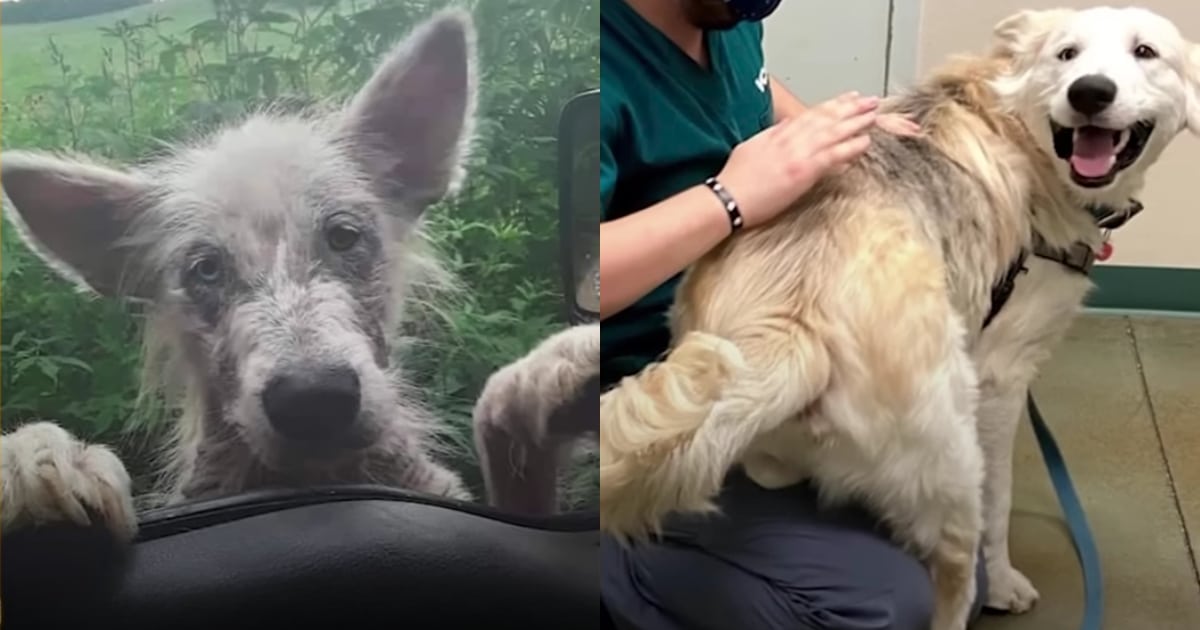

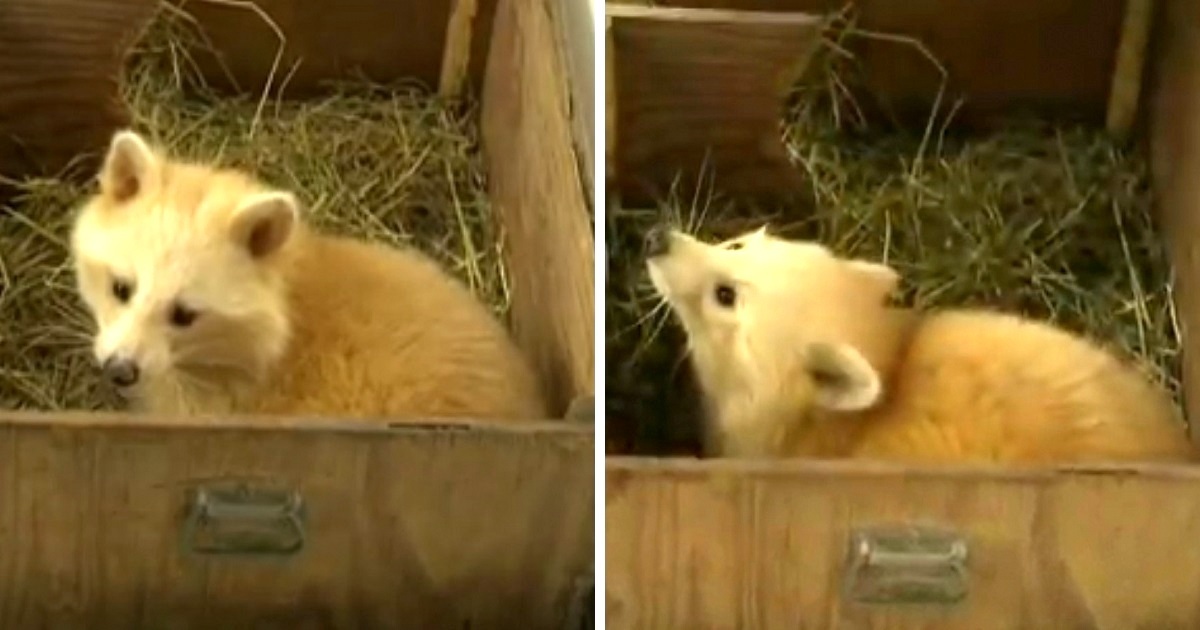
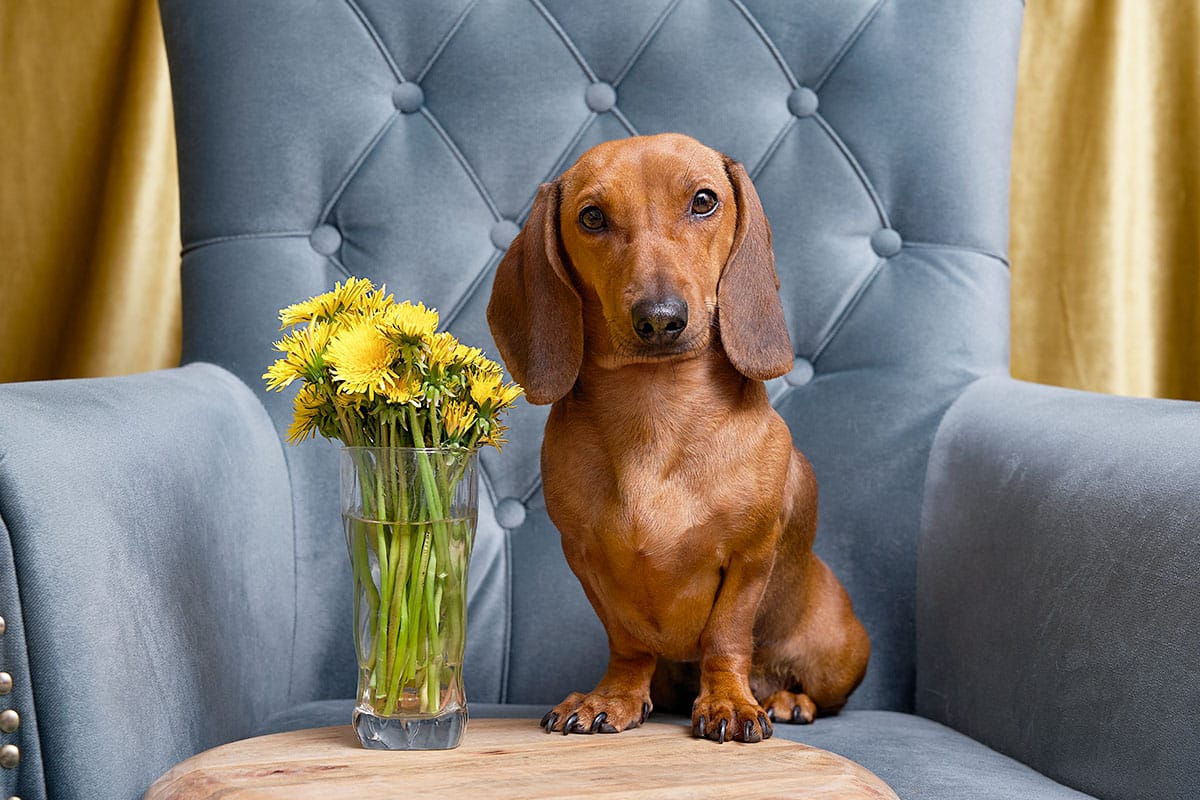

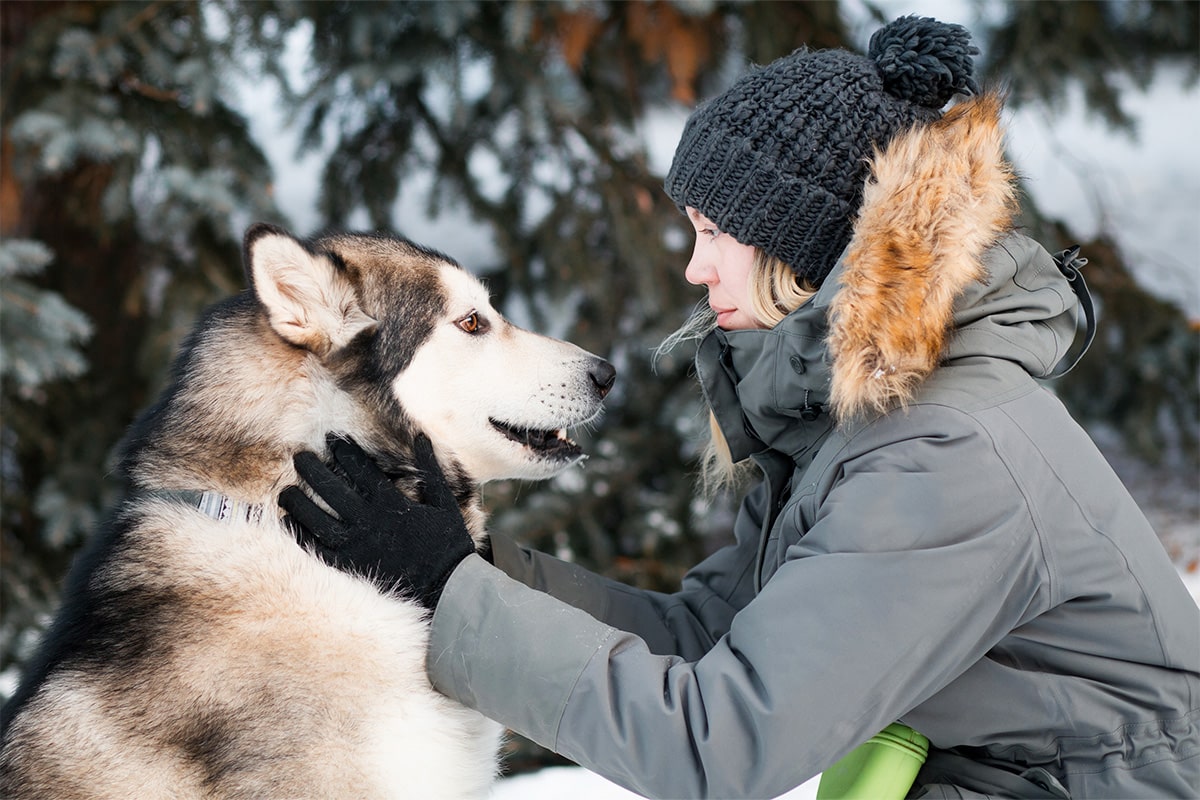
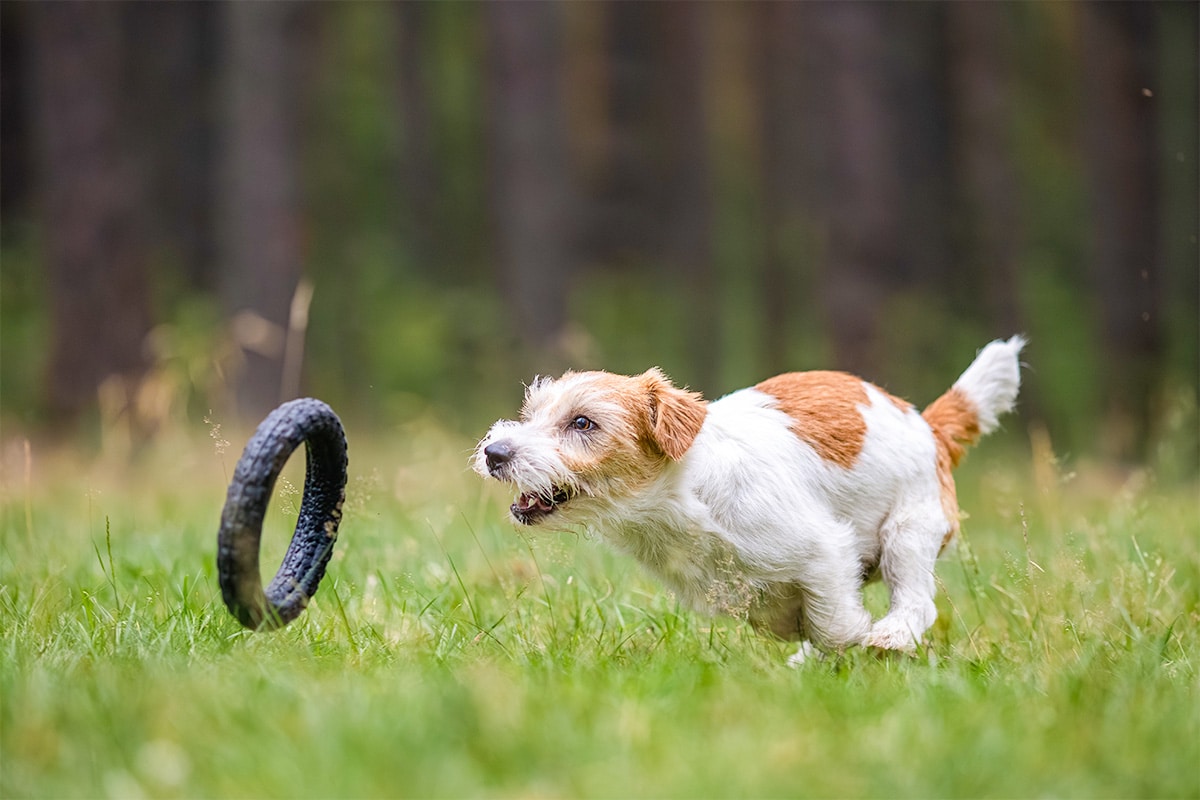
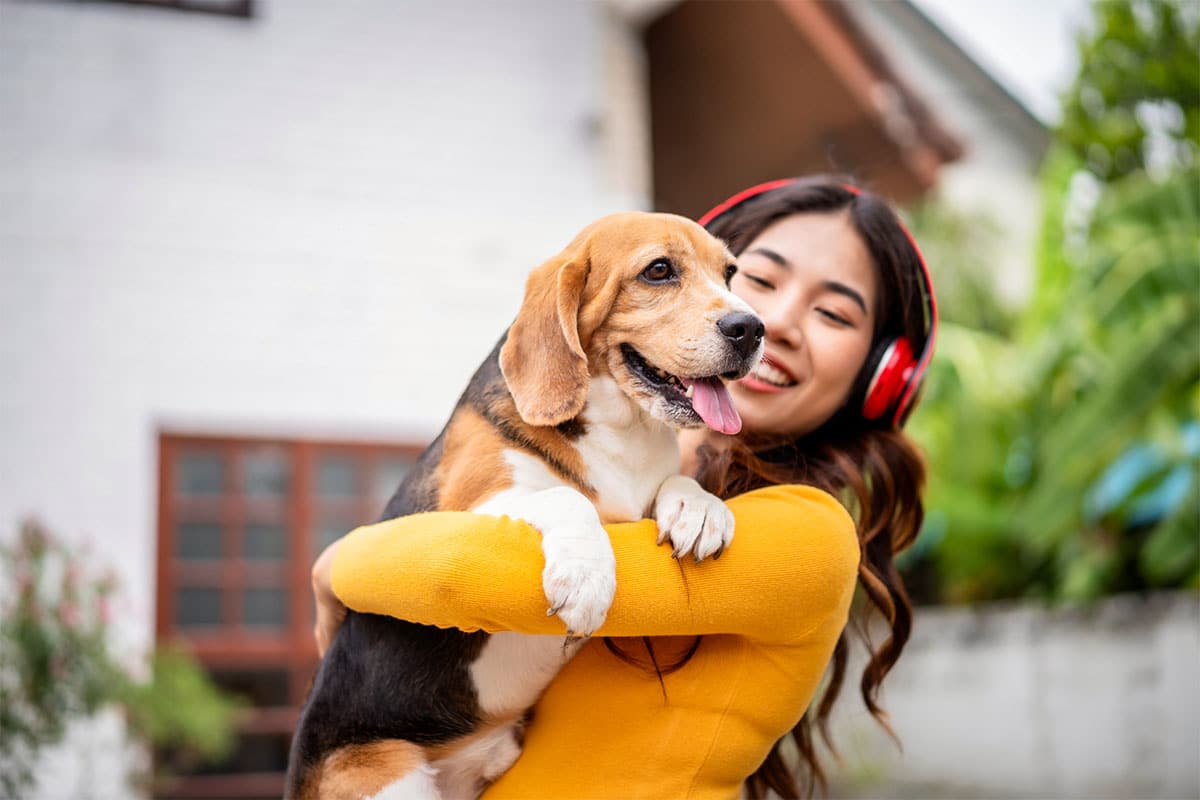




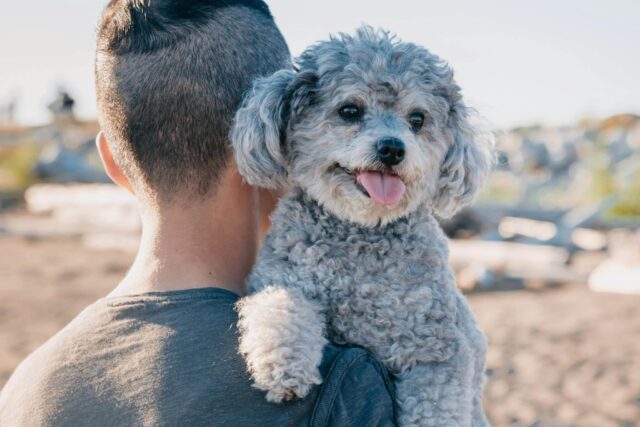
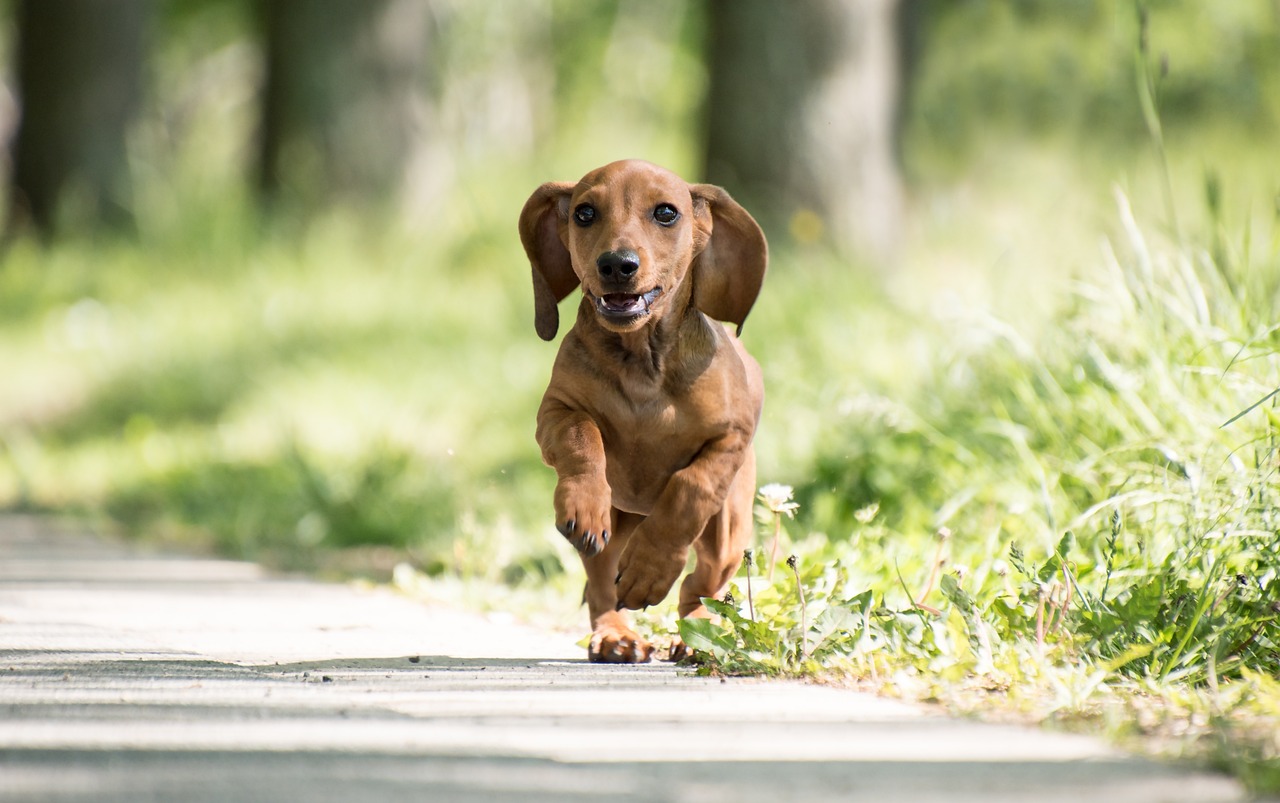




 English (US) ·
English (US) ·